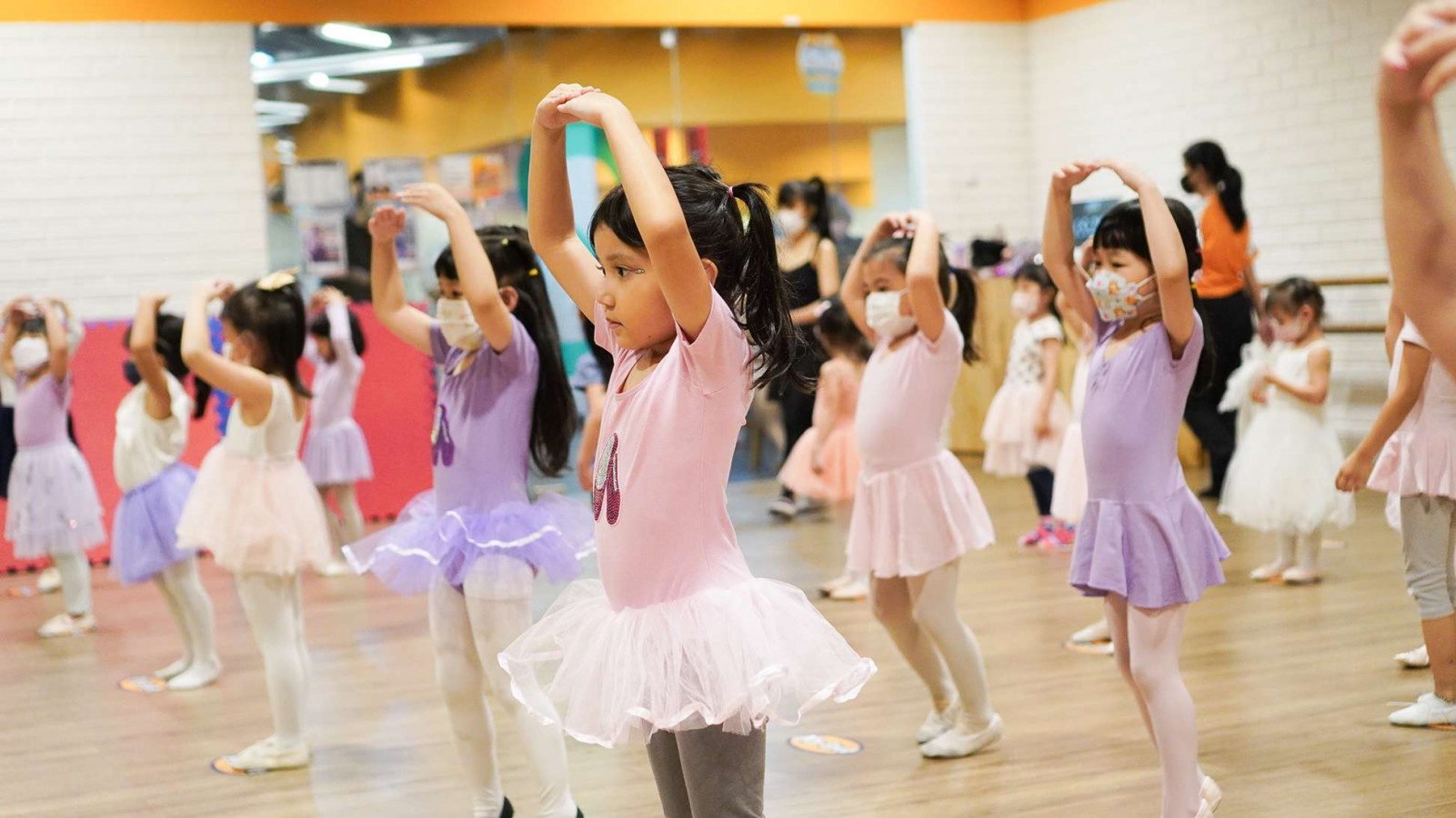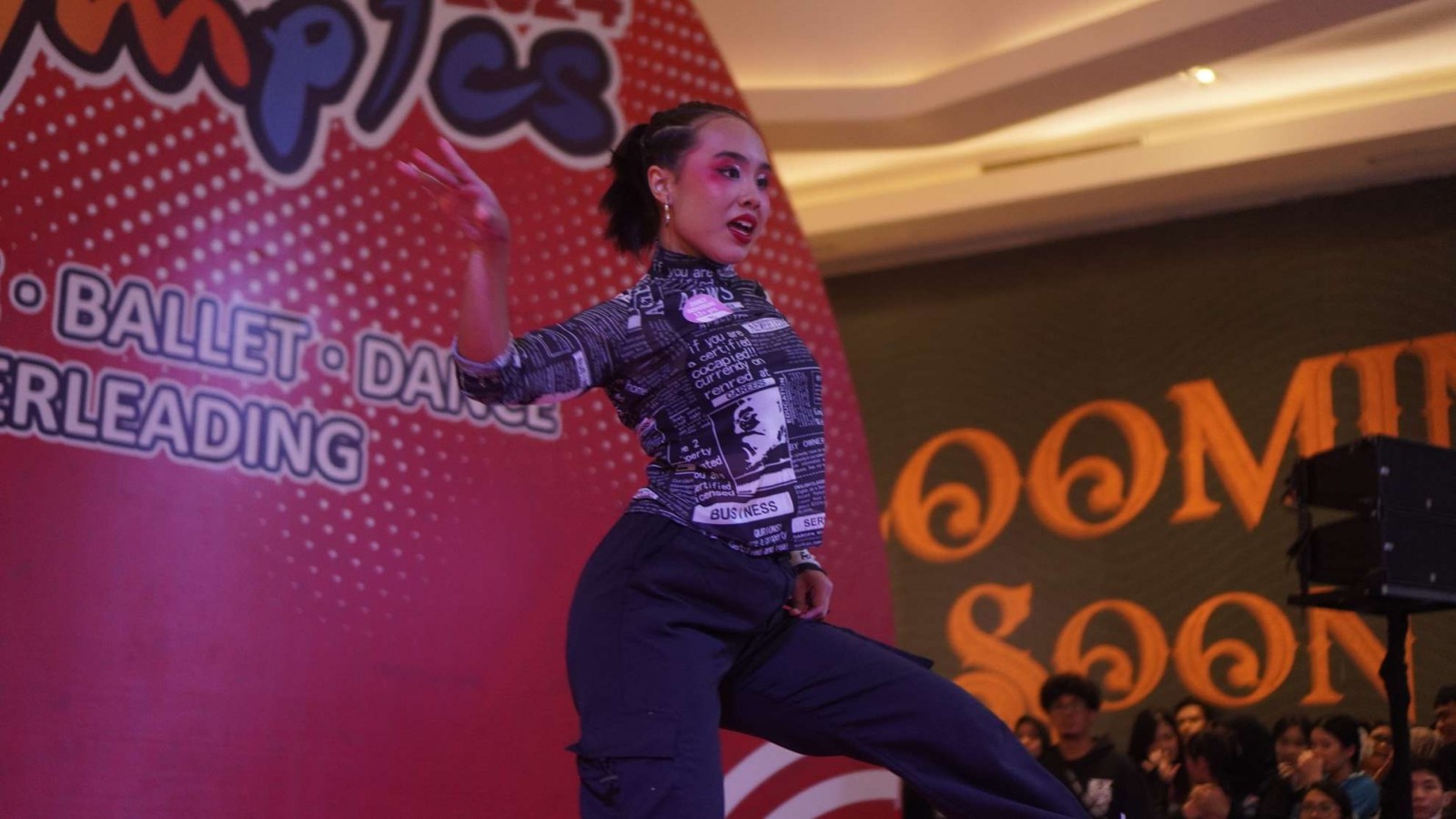Everything You Need To Know About The Ballet Arm Positions

In the world of ballet, the arms play a vital role in expressing emotion, storytelling, and enhancing the beauty of movement. Ballet arm positions, also known as port de bras, are a fundamental aspect of classical ballet technique.
Each arm position conveys a distinct aesthetic and serves as a cornerstone of artistic expression. Now, we will explore the intricacies of ballet arm positions, providing detailed descriptions and insights to help dancers master this essential element of ballet technique.
Ballet Arm Positions
Ballet arm positions, or port de bras, refer to the graceful movements and placements of the arms and hands that accompany ballet movements. These positions are characterized by fluidity, precision, and elegance, adding depth and dimension to every gesture and step.
Proper execution of ballet arm positions requires control, coordination, and attention to detail, enhancing the overall artistry and storytelling of ballet performances.
5 Ballet Arm Positions
Just like the basic ballet foot positions, there are five primary ballet arm positions. These hand positions, it makes the movement or dance results more graceful and beautiful. Here are 5 ballet arm positions you should be aware of:
1. First Position
- In the first position, the arms are rounded in front of the body, slightly below shoulder height.
- The hands are softly curved with fingertips lightly touching, forming a gentle oval shape.
- The elbows are comfortably bent and lifted, creating a sense of openness and grace.
- The first position is the foundational arm position in ballet, serving as the starting point for many movements and sequences.
2. Second Position
- The second position involves extending the arms out to the sides, parallel to the floor.
- The hands are positioned slightly lower than shoulder height, with palms facing downward.
- The arms are straight but not rigid, maintaining a sense of fluidity and lightness.
- The second position creates a feeling of expansiveness and openness, emphasizing the dancer's presence and spatial awareness.
3. Third Position
- The third position combines elements of the first and second positions, creating a harmonious balance between the arms.
- One arm is extended to the second position, while the other arm is brought across the body, with the hand resting gently on the hip.
- The elbows are softly rounded, maintaining a sense of symmetry and elegance.
- The third position adds depth and dimension to the upper body, creating dynamic lines and shapes.
4. Fourth Position
- The fourth position involves extending one arm overhead while the other arm rests gracefully at the side.
- The extended arm is lifted diagonally overhead, creating a long, flowing line from the fingertips to the shoulder.
- The supporting arm is relaxed and slightly bent, resting gently at the side of the body.
- The fourth position exudes poise and sophistication, highlighting the dancer's extension and control.
5. Fifth Position
- The fifth position is the most advanced and formal of the ballet arm positions, symbolizing elegance and refinement.
- Both arms are extended overhead, with the fingertips meeting at a delicate point.
- The elbows are softly rounded, and the shoulders are relaxed, creating a sense of effortless grace.
- The fifth position epitomizes the beauty and precision of classical ballet technique, showcasing the dancer's mastery of movement and expression.
Tips For Practicing Ballet Arm Positions
For those of you, especially kids who love ballet, it is okay to make some mistakes during practice. To avoid that, there are also some tips that can be done as a beginner, such as:
1. Start with the Basics
Focus on mastering the foundational elements of ballet technique, including proper posture, alignment, and turnout. Begin with simple exercises at the barre to build strength, flexibility, and coordination before progressing to center work and more advanced movements.
2. Listen to Your Body
Pay attention to your body's limitations and avoid pushing yourself too hard, especially when starting out. Take breaks as needed and modify exercises to accommodate your level of fitness and flexibility.
3. Attend Beginner Classes
Enroll in beginner ballet classes taught by qualified instructors who can provide guidance, corrections, and feedback tailored to your level. You can try the ballet class from Rockstar Academy that is accompanied by certified curriculum and instructors.
Start with introductory classes that focus on basic techniques and gradually progress to more advanced levels as you become more comfortable and confident.
4. Practice Consistently
Dedicate time to practice ballet regularly, even if it's just a few minutes each day. Remember to focus on refining technique, mastering exercises, and improving strength and flexibility over time.
5. Focus on Posture and Alignment
Maintain a tall posture with your shoulders down and back, your core engaged, and your spine elongated. Pay attention to proper alignment of the pelvis, hips, knees, and ankles to ensure stability and balance in your movements.
Can You Master It?
Ballet is a complex dance that requires flexibility and strong balance. By learning these basic hand and foot positions, you can more easily explore further movements in ballet.
If your children have expressed an interest in ballet, supporting their passion by enrolling them in a certified ballet class is a wonderful way to nurture their love for this elegant art form.
Rockstar Academy stands out as the best Sports & Performing Arts Academy offering a range of physical activity programs, including top-notch ballet programs.
The academy provides a structured curriculum that includes RAD Ballet Testing, allowing students to undergo assessments and progress through levels with enhanced skills and techniques.
Additionally, the program also provides The Ballet & Contemporary Dance Recital, a delightful showcase of classical music, unique choreography, and dazzling costumes, offering young performers a chance to shine on stage.
To explore further, contact Rockstar Academy and claim their free trial class right away!
FAQ
How important are ballet arm positions in a performance?
Ballet arm positions are essential in conveying emotion, storytelling, and aesthetic beauty in performance. They complement the movements of the body and legs, enhancing the overall presentation and artistic expression.
How can dancers improve their mastery of ballet arm positions?
Practice is key to improving mastery of ballet arm positions. Dancers should focus on maintaining proper alignment, fluidity, and control in their arm movements. Regular rehearsal and feedback from instructors can also help refine technique and artistry.
Are there variations or extensions of the basic ballet arm positions?
Yes, dancers may encounter variations or extensions of the basic arm positions, depending on choreographic style and artistic interpretation. These variations can add complexity and nuance to performances, allowing dancers to express a wide range of emotions and themes.



